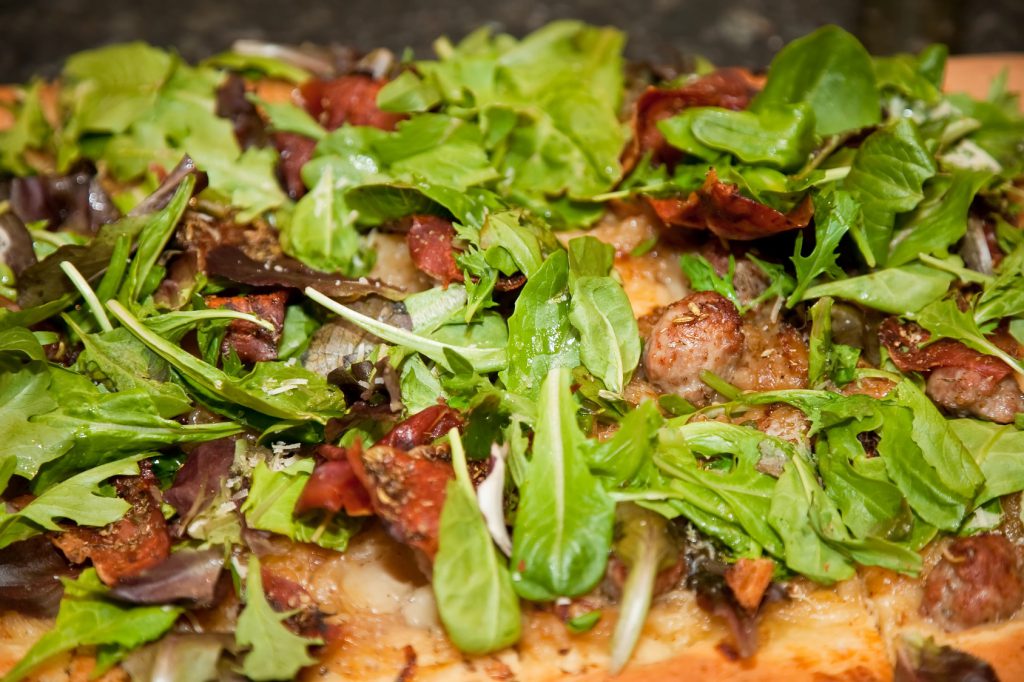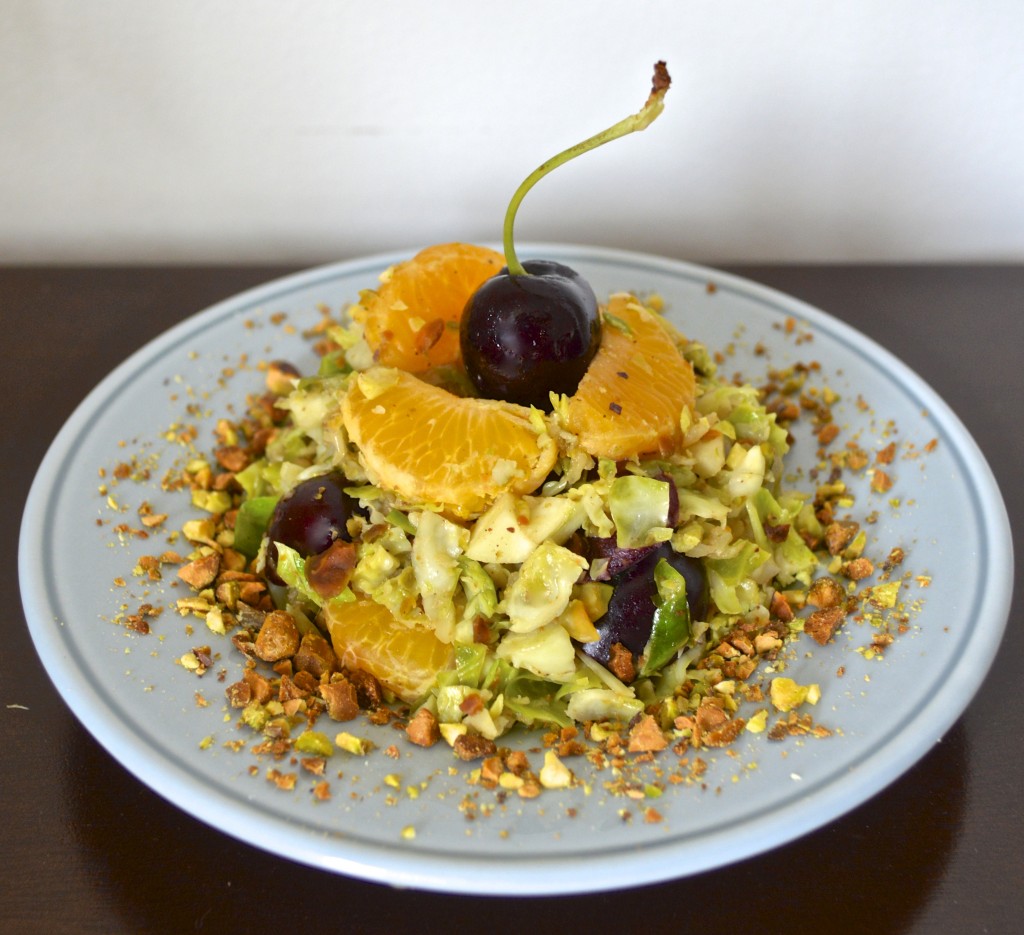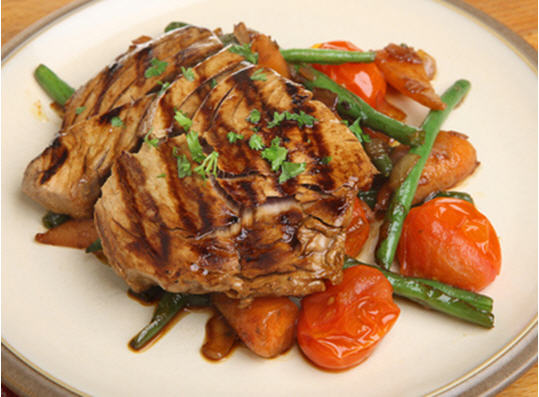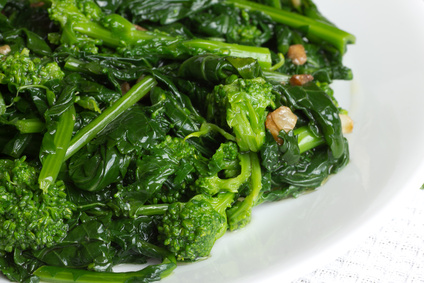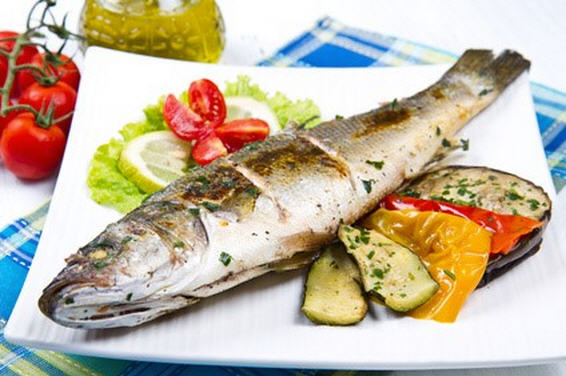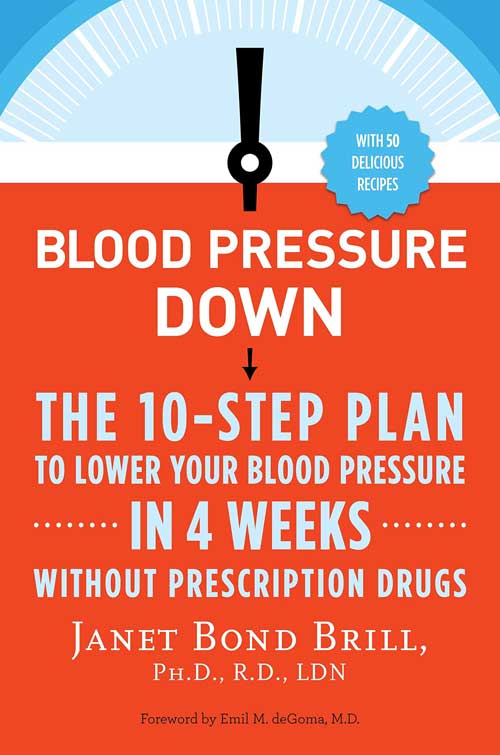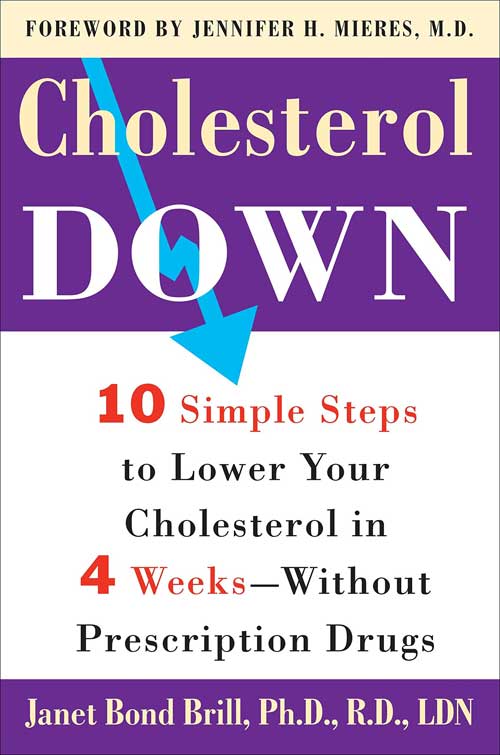By
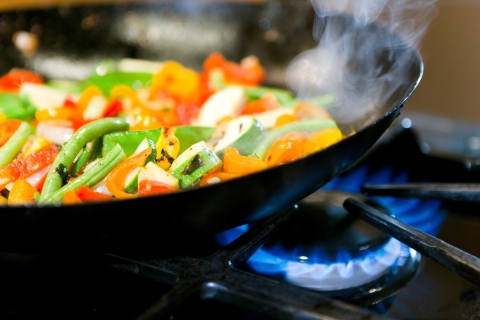

April is the perfect month to celebrate the springtime by embracing all of Mother Nature’s various gifts including her glorious bounty of spring produce. It is also a great month to take advantage of alternative seasonings to help you decrease your intake of salt. Just how much salt should we be eating for good health? The U.S. 2010 Dietary Guidelines recommend we aim to consume less than 2300 mg (~1 teaspoon of salt) sodium/day (and less than 1500 mg—2/3 teaspoon of salt) for certain segments of the population who are at greater risk of heart attacks and stroke (such as adults older than 50, African-Americans, people with high blood pressure, diabetes or chronic kidney disease). The American Heart Association, on the other hand, recommends that ALL of us aim for consuming a maximum of just 1500 mg of sodium per day. And yet the average sodium intake in the United States is about 3,400 milligrams a day. There are plenty of actions you can take to keep your salt intake down to a reasonable level. The best strategy is to cook at home more often, using fresh whole foods in their natural state. Fresh is best is an easy way to remember that the sodium lies in the box, bags, cans and menu foods. Here are a few cooking tips for ways to season your foods without added salt:
Cook at home, using fresh whole, natural foods (high in potassium and low in sodium), seasoned with herbs and spices, lemon juice, EVOO (extra virgin olive oil), vinegars…

- Proteins, such as chicken and fish:
Herbs like rosemary and dill are my favorite plus lots of fresh lemon juice.
- Vegetable dishes:
Curry adds tons of flavor to veggie dishes. I also like to roast veggies with EVOO and balsamic vinegar—you’ll never miss the salt!
(Try my Roasted Tofu and Cauliflower Curry with Brown Rice recipe.)
- Sides, such as rice and bean dishes, pilafs:
Nuts and dried berries such as sliced almonds and cranberries help spruce up rice and pilaf dishes. Beans can be flavored with red wine, onions and garlic or else make a bean chili flavored with lots of chili powder, onions, garlic and a hint of sweetness from corn kernels.
- Pasta dishes:
Think “heat and sweet†for tomato based pasta dishes. Brew up some homemade tomato sauce (commercial varieties are notoriously high in salt) and flavor with red pepper flakes, a touch of sugar and lots of fresh basil, garlic, oregano and onions.
- Soups/stews:
Use reduced sodium chicken or vegetable broth. Flavor with lots of garlic sautéed in EVOO, herbs and spices.
- Snacks (to make at home vs. high-sodium chips and crackers):
Try air popped popcorn seasoned with salt-free sweet, savory or spicy tastes. First, spray your popped popcorn with a low-calorie non-stick oil spray. Then add your seasonings. Savory: try adding Italian seasoning and garlic powder or a lemon pepper combo. Spicy: try chili powder and paprika or a Cajun mix. Sweet: try adding some cinnamon sugar for a crunchy, sweet treat.
Quick tips:
– Keep a jar of fresh rosemary and garlic infused EVOO on the kitchen counter and splash some on all your veggies and salad dishes.
– Fresh lemon or lime juice and chopped fresh dill and garlic are fabulous with all types of fish dishes.
– Balsamic vinegar, especially the well-aged sweet variety, is an absolute must for salads.
Excess (salt) sodium intake is linked to the development of high blood pressure, heart disease and stroke. Nine in 10 American adults eat too much salt every day. Perhaps this is because some of the saltiest foods we eat do not necessarily taste salty. Reducing your salt intake will help lower high blood pressure and reduce your risk for cardiovascular disease. I urge all of you to eat naturally by cooking more at home and flavoring your foods with alternative seasonings.
Best of health,
Dr. Janet
Recipe: Dr. Janet’s Roasted Tofu and Cauliflower Curry with Brown Rice
- One 14-ounce container extra-firm tofu
- One 2-pound head cauliflower, cut into 1- inch pieces (about 8 cups)
- 3 tablespoons olive oil
- 1 large sweet onion, halved and sliced
- 4 tablespoons curry powder
- 1 teaspoon ground ginger
- 1 teaspoon ground cumin
- 1 teaspoon salt-free seasoning blend
- 3 cups cooked brown rice.

Preheat oven to 450°F. Remove tofu from the container and drain. Place several paper towels on a plate. Set the tofu on the paper towels and put several more paper towels on top of the tofu. Place a heavy plate on top of the tofu to press the excess moisture out of the tofu. Cut the tofu into 1-inch pieces and combine with the cauliflower. Set aside.
In a large skillet heat the oil over medium heat. Add the onion, and cook, stirring until golden brown about 5 minutes. Stir in the curry, ginger, ground cumin, and salt-free seasoning blend, to coat the onions. Mix the curry and onion mixture with the cauliflower and tofu. Stir gently to combine. Spray a baking sheet with nonstick cooking spray. Spread the tofu and cauliflower in a single layer on the sheet and bake, stirring occasionally, for about 30 minutes or until the cauliflower is tender. Serve over cooked brown rice.
Serves 6
Nutrition per 1 cup cauliflower and 1/2 cup brown rice:
- Calories: 279 kcal
- Sodium: 62 mg
- Potassium: 709 mg
- Magnesium: 104 mg
- Calcium: 205 mg
- Fat: 11 g (EPA 0g, DHA 0g, ALA 0g)
- Saturated Fat: 2 g
- Cholesterol: 0 mg
- Carbohydrate: 37 mg
- Dietary fiber: 8 g
- Sugars: 6 g
- Protein: 12 g
*Recipe excerpted with permission from Dr. Janet’s book: BLOOD PRESSURE DOWN: the 10-step program to lower your blood pressure in 4 weeks–without prescription drugs (Crown/Three Rivers)

